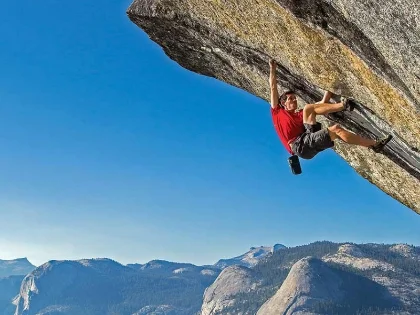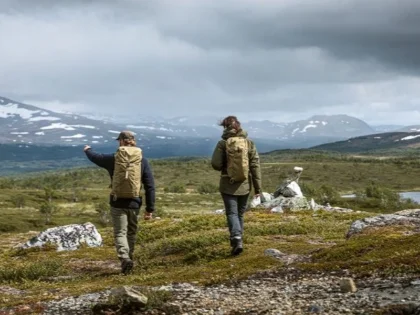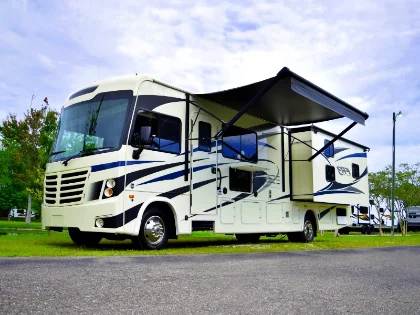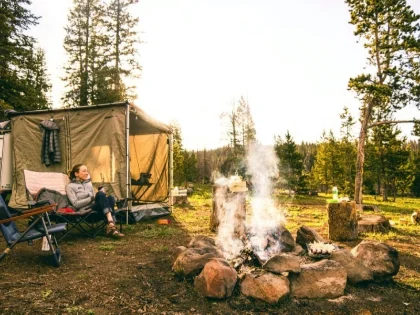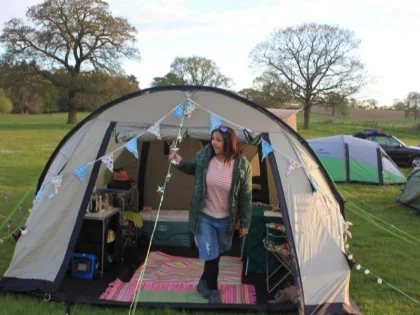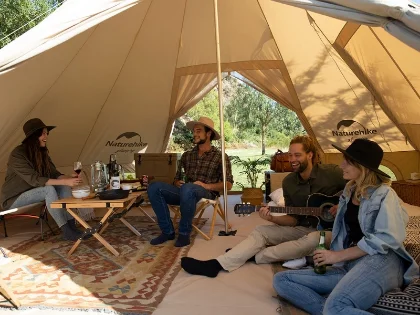What Do You Need to Wear For Hiking?
You should wear clothes that are appropriate for the terrain and your level of exercise when hiking. On most hikes, moisture-wicking sportswear similar to what you'd wear for running works well, as does flexible, breathable clothing that shields you from the elements and spiky or toxic plants and insects. When the weather becomes chilly, it's a good idea to have an insulating layer in your pack, like a puffy jacket or polyester fleece.
Shirts
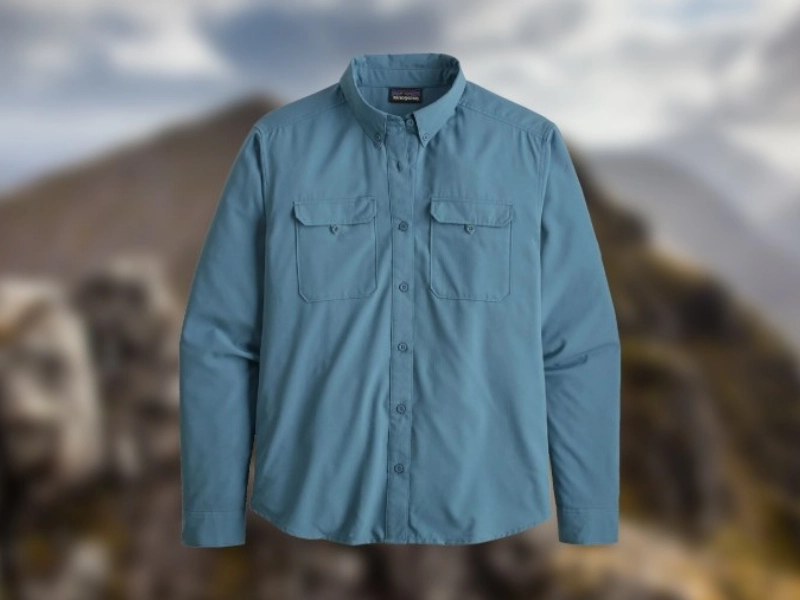
Bottoms
 The base layer—clothing that goes directly next to your skin—is the most crucial item of gear on a trek. Breathable materials that dry quickly work best for this. Steer clear of cotton, which retains moisture and becomes cold when wet. Alternatively, search for merino wool or mixtures of polyester and nylon (preferably recycled).
The latter is a fantastic option for females as it doesn't chafe under backpack straps and is cooler and softer than synthetic materials. Smartwool and Icebreaker are the two most well-known brands of merino wool base layers.
The base layer—clothing that goes directly next to your skin—is the most crucial item of gear on a trek. Breathable materials that dry quickly work best for this. Steer clear of cotton, which retains moisture and becomes cold when wet. Alternatively, search for merino wool or mixtures of polyester and nylon (preferably recycled).
The latter is a fantastic option for females as it doesn't chafe under backpack straps and is cooler and softer than synthetic materials. Smartwool and Icebreaker are the two most well-known brands of merino wool base layers.
Hats
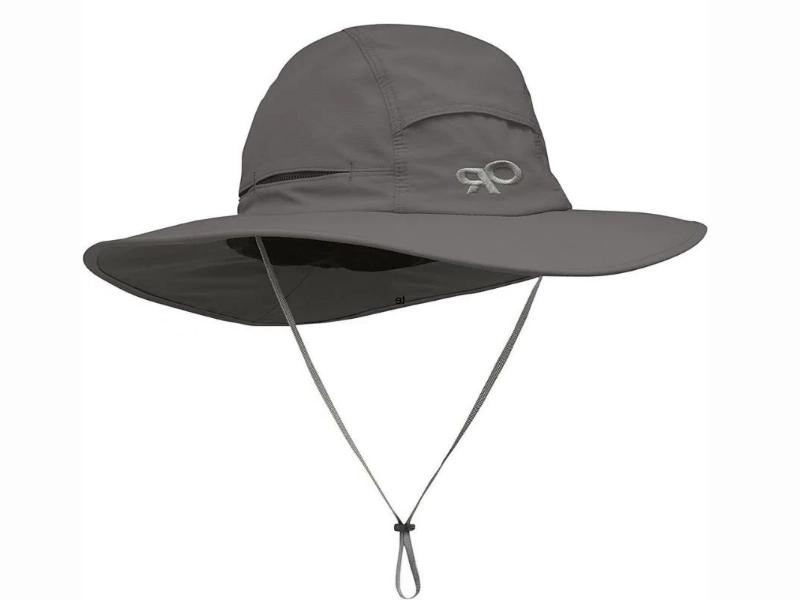 Experts in hiking advise wearing hats made of breathable, moisture-wicking materials. Sweat is absorbed and retained by cotton, particularly denim, which can make you feel uncomfortable and damp in hot weather. Furthermore, cotton fibers don't provide the same level of UV protection as other textiles.
If the terrain you're on contains overgrown shrubs, projecting rocks, or other hazards that could cause scrapes, cuts, bruises, or poison ivy, pants are more comfortable and protective for your legs than shorts. Select pants with pockets that are composed of quick-drying, flexible materials.
Bring some form of insulating garment, such as a fleece jacket, for winter walks or in inclement weather. If the temperature decreases while you pause to enjoy the scenery, you might need it to stay warm in a chilly breeze.
Experts in hiking advise wearing hats made of breathable, moisture-wicking materials. Sweat is absorbed and retained by cotton, particularly denim, which can make you feel uncomfortable and damp in hot weather. Furthermore, cotton fibers don't provide the same level of UV protection as other textiles.
If the terrain you're on contains overgrown shrubs, projecting rocks, or other hazards that could cause scrapes, cuts, bruises, or poison ivy, pants are more comfortable and protective for your legs than shorts. Select pants with pockets that are composed of quick-drying, flexible materials.
Bring some form of insulating garment, such as a fleece jacket, for winter walks or in inclement weather. If the temperature decreases while you pause to enjoy the scenery, you might need it to stay warm in a chilly breeze.
Sunglasses
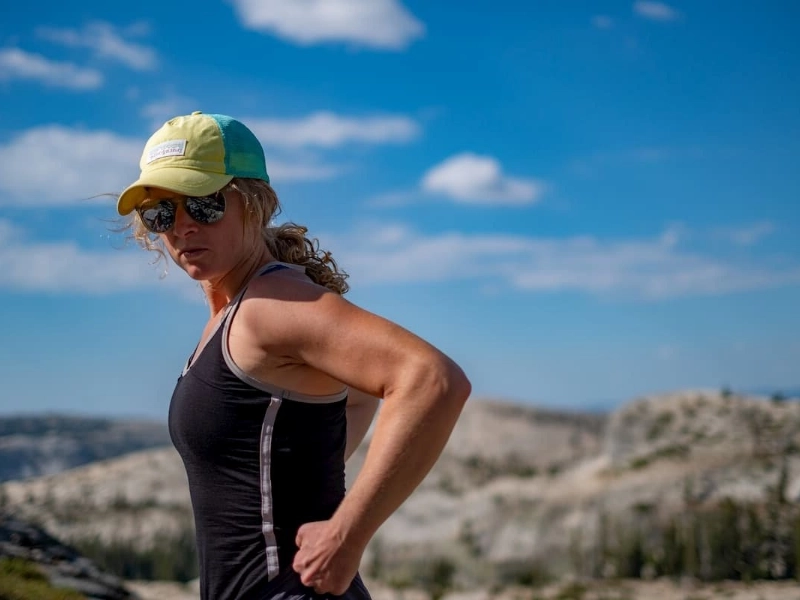 Hiking requires sunglasses since they protect the eyes from the sun's damaging rays. Polarized lenses, which lessen glare on reflecting surfaces like snow and water, are a must for a quality pair of sunglasses.
Seek out sunglasses with long-lasting lenses and a robust frame. When driving on rocky terrain, sunglasses are prone to falling off; therefore, it's critical that they are durable enough to withstand the force. Choose a wraparound style as well to protect your eyes from the sides.
Select lenses with shades of brown or amber to increase contrast and enjoy a more vibrant color experience in the sun. When it's cloudy or overcast, choose gray lenses to see the outside world more naturally. To reduce glare and light reflections, you may also want to think about using mirrored lenses.
Hiking requires sunglasses since they protect the eyes from the sun's damaging rays. Polarized lenses, which lessen glare on reflecting surfaces like snow and water, are a must for a quality pair of sunglasses.
Seek out sunglasses with long-lasting lenses and a robust frame. When driving on rocky terrain, sunglasses are prone to falling off; therefore, it's critical that they are durable enough to withstand the force. Choose a wraparound style as well to protect your eyes from the sides.
Select lenses with shades of brown or amber to increase contrast and enjoy a more vibrant color experience in the sun. When it's cloudy or overcast, choose gray lenses to see the outside world more naturally. To reduce glare and light reflections, you may also want to think about using mirrored lenses.
Sneakers
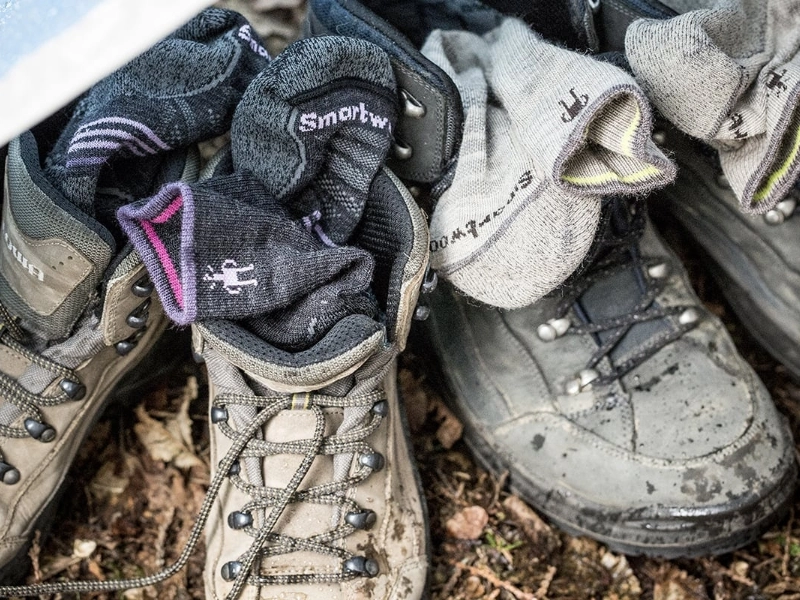 Strong hiking boots or shoes that can cling to various surfaces are required. Seek out a sole with deep grooves to prevent water from seeping in, shield your feet from jagged pebbles, and hold onto dirt and other materials.
Another crucial component for protecting the foot and mitigating impact is a strong midsole. A trail runner or lightweight shoe will do the trick if you trek only on well-maintained trails and don't have a heavy pack.
A boot with increased support in the heel and ankles and additional waterproof protection should be taken into consideration if you intend to carry a medium-sized backpack over long distances or over rocky, wet terrain. Additionally, ensure that the shoe fits properly—tight shoes cause blisters. An additional crucial component of a comfortable fit is lacing systems.
Strong hiking boots or shoes that can cling to various surfaces are required. Seek out a sole with deep grooves to prevent water from seeping in, shield your feet from jagged pebbles, and hold onto dirt and other materials.
Another crucial component for protecting the foot and mitigating impact is a strong midsole. A trail runner or lightweight shoe will do the trick if you trek only on well-maintained trails and don't have a heavy pack.
A boot with increased support in the heel and ankles and additional waterproof protection should be taken into consideration if you intend to carry a medium-sized backpack over long distances or over rocky, wet terrain. Additionally, ensure that the shoe fits properly—tight shoes cause blisters. An additional crucial component of a comfortable fit is lacing systems.

